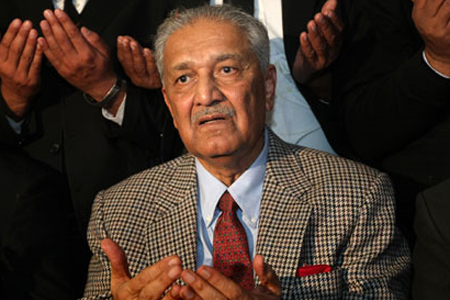
By Bilal Khan
Sixteen years have passed since Pakistan conducted its first nuclear tests in 28 and 30 May 1998. Chagtai-I and Chagtai-II were the codenames given to the series of underground detonations that took place in response to India’s second wave of nuclear tests, codenamed Operation Shakti. As a result of these tests Pakistan became the seventh country to openly declare its possession of nuclear weapons, joining (at the time) the US, Russia, the UK, France, China and India. Pakistan is also the only Muslim-majority country in possession of nuclear weapons as well as a multi-layered delivery system comprising of aircraft, ballistic missiles and cruise missiles.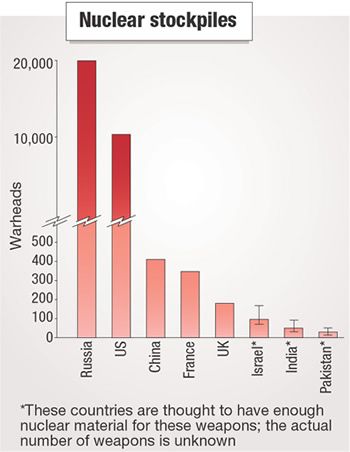
Pakistan formally initiated its nuclear weapons program in 1972, following the country’s crushing defeat at the hands of India in 1971 and the subsequent departure of East Pakistan (which became Bangladesh). The prime minister at the time, Zulfiqar Ali Bhutto, commissioned two parallel weapons programs: A plutonium program under Dr. Munir Ahmad Khan and the Pakistan Atomic Energy Commission (PAEC) in 1972, and a uranium program under Dr. Abdul Qadeer Khan and Khan Research Laboratories (KRL).
A.Q Khan’s uranium program was the first to come to fruition as it was responsible for the Chagtai-I tests in 28 May 1998, earning A.Q Khan the title of ‘father of [Pakistan’s] nuclear bomb.’ Two days later PAEC conducted Chagtai-II with its plutonium-based warheads. While A.Q Khan’s uranium program initiated Pakistan’s acquisition of nuclear weapons, PAEC’s plutonium program became the eventual mainstay of Pakistan’s nuclear weapons inventory.[1] With the advent of indigenous cruise missiles, i.e. Ra’ad (air-launched) and Babur (land and potentially underwater-launched), Pakistan prioritized the development of more sophisticated plutonium-based warheads.
Although Pakistan possesses a capable ballistic missile inventory (based on modern solid-propellant based designs such as the 2500km-range Shaheen-II), the military sought to develop second-strike capability using aircraft and submarines. ‘Second-strike’ refers to the capacity of a country to respond to an effective nuclear strike by an enemy. To the Pakistani military, cruise missiles launched from fighter aircraft and submarines are ideal second-strike delivery platforms. Thus, the military commissioned PAEC (between 2005 and 2009) to develop suitable miniaturized low-yield warheads. In 2013 the military began fielding new tactical short-range ballistic missiles such as Nasr in tandem with the Babur and Ra’ad cruise missiles. This signalled that miniature warhead production had matured and that the military was preparing doctrines around their usage, e.g. staving-off enemy armor formations or attacking enemy bases using low-yield/tactical nuclear weapons.[2]
It is believed that Pakistan’s nuclear weapons inventory has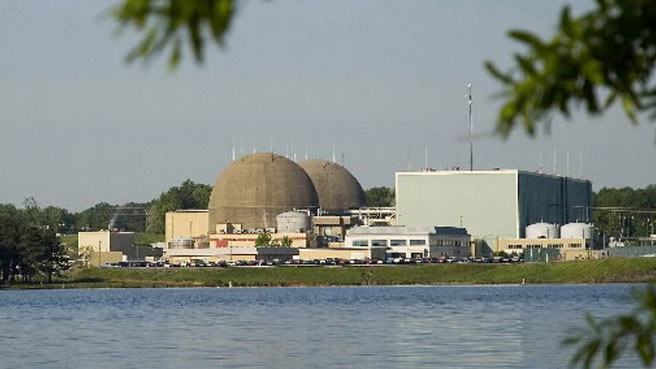 largely transitioned to various plutonium-based warheads. The core of its warhead production-line is the Khushab Nuclear Complex – which is today composed of four reactors (three active and one under-construction). Analysts believe that Khushab’s three operating reactors can produce at least 12 plutonium-based warheads a year, and if all four reactors were active, up to 26 warheads could be produced each year. It is believed that Pakistan currently has 90 to 120 warheads.[3]
largely transitioned to various plutonium-based warheads. The core of its warhead production-line is the Khushab Nuclear Complex – which is today composed of four reactors (three active and one under-construction). Analysts believe that Khushab’s three operating reactors can produce at least 12 plutonium-based warheads a year, and if all four reactors were active, up to 26 warheads could be produced each year. It is believed that Pakistan currently has 90 to 120 warheads.[3]
As evidenced by Pakistan’s various strategic weapons programs, particularly its tactical ballistic (Nasr) and cruise missile (Ra’ad and Babur) systems, the complications resulting from its possession of nuclear weapons technology are significant. While Pakistan has yet to actively engage in programs such as inter-continental ballistic missiles (ICBM), multiple independently targetable re-entry vehicles (MIRV) or thermonuclear warheads, its push to ‘fine-tune’ its nuclear doctrine for tactical use cannot be understated.
By fielding cruise missiles with low-yield warheads, Pakistan is in fact enhancing its deterrence value by indicating that it is capable of responding to enemy formations directly without the need to target civilian infrastructure. Pakistan could potentially pair a high-speed anti-ship missile with a warhead[4], thus adding a major layer of complexity for an enemy naval fleet trying to blockade Pakistan. Not only that, but Pakistan’s emerging second-strike capability (via fighter aircraft and potentially submarines) would indicate to invaders that it is capable of responding to a nuclear strike, as opposed to simply initiating one. The fact that Pakistan has succeeded in multiplying its deterrence layers is cause for concern, not only for India, but also the United States.
It is no secret that America has tried to thwart Pakistan from acquiring its own nuclear weapons. Although the US was willing to overlook Pakistan’s nuclear ambitions in the 1980s (given the Soviet occupation of Afghanistan), Washington chose to impose rigid sanctions on the Pakistani military in the 1990s. The Pressler Amendment for example prevented the delivery of new F-16s to the Pakistan Air Force until 2005, when America decided to offer new and used F-16s as a carrot in return for securing Pakistan’s cooperation in the so-called War on Terror. Today the US is serving as a major obstacle ahead of Pakistan’s nuclear energy aspirations, e.g. preventing Pakistan from acquiring commercial nuclear fuel and technology from the Nuclear Suppliers Group (yet making an exception for India, in contrast).[5]
With weapons development having matured, it is possible that Pakistan will focus on developing its own reactor technology for both civilian and strategic military applications. For example, it was reported that PAEC sought to develop a miniature reactor for use on submarines.[6] However, given Pakistan’s political and economic challenges (not least the corruption and foreign interference in its policies), bringing these more ambitious and more complex programs will be extremely difficult. What could easily be an advanced high-tech industry is being inhibited by systemic constraints.
[1] http://isis-online.org/isis-reports/detail/pakistan-doubling-rate-of-making-nuclear-weapons-time-for-pakistan-to-rever/12
[2] http://www.defensenews.com/article/20131106/DEFREG03/311060029/Experts-Missile-Test-Firing-Shows-Development-Complete
[3] http://isis-online.org/isis-reports/detail/pakistan-doubling-rate-of-making-nuclear-weapons-time-for-pakistan-to-rever/12
[4] http://www.defensenews.com/article/20121221/DEFREG04/312210004/Pakistan-Navy-Test-fires-Land-Attack-Missile
[5] http://tribune.com.pk/story/210107/pakistan-wants-to-join-nuclear-suppliers-group/
[6] http://thediplomat.com/2013/10/pakistans-oversized-submarine-ambitions/



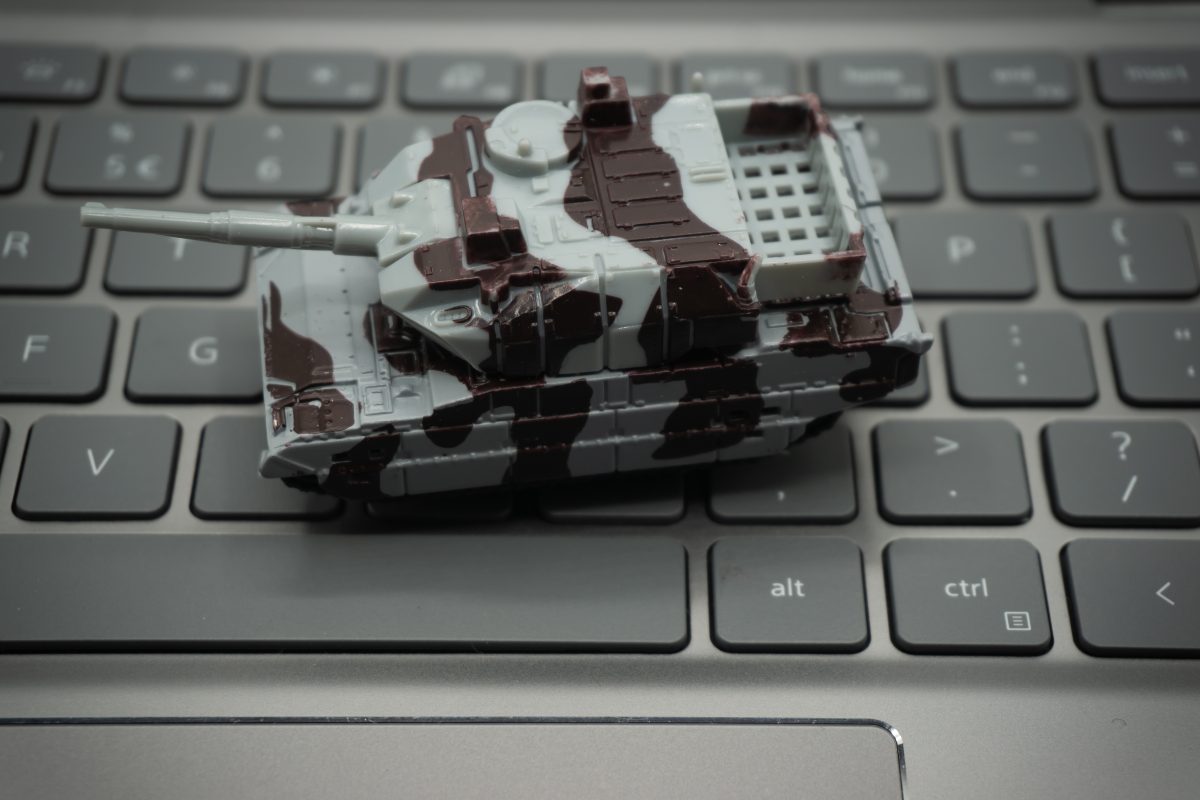
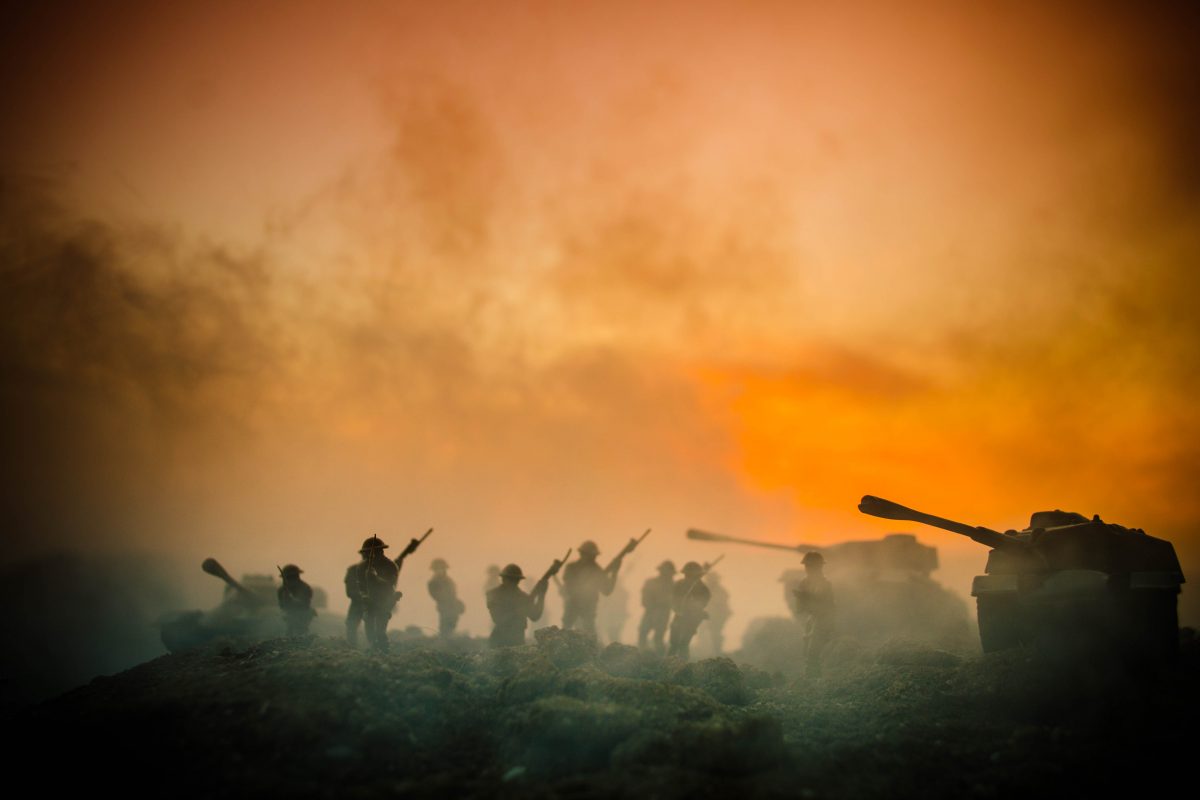
5 comments
Nehal
5th June 2014 at 8:19 am
Pakistan is a country which remains under threat from its aggressive Eastern neighborhood since inception. Country goes for nuclear in order to protect its nation and state from continuous aggression from India. Although, there are lots of obstacles in the way but country remains firm. Celebrating sixteen years of being the nuclear weapon state, Pakistan established comprehensive command and security set up which is based on five major pillars. It established nuclear deterrence in the region which actually avoids a total war practically.
Nolan
5th June 2014 at 9:33 am
India and Pakistan do not have protective mechanisms to avert conflict. Both realize that nuclear war would be a disaster, because there would be no victors. But political rulers are decision makers in New Delhi, and having gained political mileage from the nuclear blasts are confused as to how to avert nuclear calamities which are looming on the horizon. Indian decision-makers and bureaucrats are afflicted by chauvinistic ambitions i.e. maintain illegal hold over Kashmir and Siachin, and talk to Pakistan from a position of strength. Today Pakistan’s security is threatened by India’s conventional forces, and nuclear forces i.e. nuclear weapon carrying Prithvi SSM’s, and nuclear weapon armed IAF fighters. Soon Indian nuclear arsenal will be reinforced by AGNI IRBM’s fitted with nuclear/thermonuclear warheads. India has now created the Nuclear Command to integrate all nuclear weapons and related assets so as to be in a better position to use nuclear weapons. To face this threat Pakistan must acquire a minimum assured deterrence capability against Indian nuclear attack and take defensive measures, the most important being an update and fool proof air defence system.
alishpa
5th June 2014 at 12:50 pm
Pakistan has to maintain its credible minimum deterrence against evolving regional security architecture. Unfortunately, economic issues are the biggest hurdles in further developments. But PEAC has enormous contributions in developing more sophisticated nukes at low expenses. Still regional challenges are far greater than preemptive measures taken by Pakistan. There is need more work to meet growing challenges.
Farhan Lodhi
7th June 2014 at 10:46 am
Pakistan had to make the nuclear bomb because its ambitions and purpose was clear to serve the demand of safety and security of sovereignty. There was a major territorial threat from India who has tried to implement its hegemony over the region to force other states to follow its course of actions. The US could have forced India from making the bomb to preserve the regional peace but even after 1974 nuclear tests of India it never took actions against it. So, Pakistan has the right reserve to defend.
Ahsan Alvi
2nd January 2016 at 12:01 pm
Pakistan made the nuclear weapons only for his safety against Indian ,If India solve the Kashmir Issue and give the right of self determination to the native of the Kashmir,I am sure the Pakistan will not be interested to up set the region .The world power shod force the India to give the right of self determination to the natives of Kashmir.